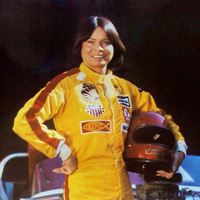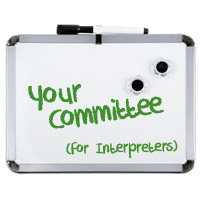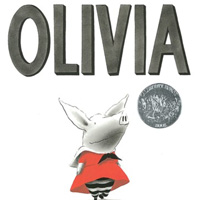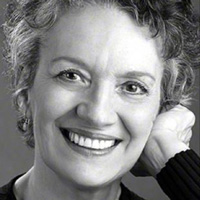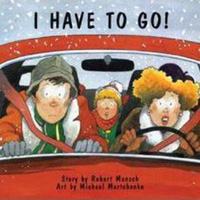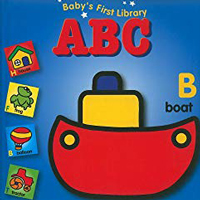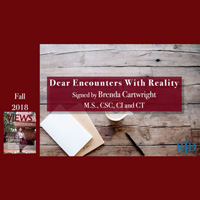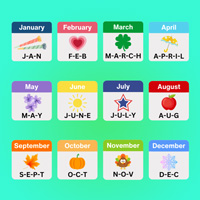All Articles
Living Loud: Kitty O’Neil – The Fastest Woman in the World, Stuntwoman, and Racer
Kitty O’Neil was the Fastest Woman in the World, Stuntwoman, and Racer. Read the article to learn more about the life and accomplishments of this amazing hard of hearing woman.
Interpreter 4-1-1: Your Interpreter Committee
All of us have heard “little voices” in our head. There may be a voice when you do something you shouldn’t, when you receive praise or when you’re trying to stay motivated. It could be the voice of a parent, a coach, a teacher, a friend, or anyone.
This chorus of voices is sometimes referred to as “The Committee” by interpreters. It represents our minds talking to us while we’re working, playing and living life. Think about what you hear when you’re interpreting. Is your Committee nice? Are they supportive? Do any Committee members have a louder voice than the rest? Here are examples of possible Committee members...
Signing Children’s Books: Olivia
Olivia by Ian Falconer is a popular children’s book. It’s a New York Times #1 bestseller and it is an Caldecott Honor Book, one of the most prestigious American children’s book awards. This is a cute little tale of a young pig named Olivia. The book is discussed and paired with a pre-built Signing Savvy word list to help you get started with learning and signing the vocabulary in the book.
Living Loud: Phyllis Frelich - Actress, Innovator, and Tony Award Winner
Phyllis Frelich was an Actress, Innovator, and Tony Award Winner. Read the article to learn more about the life and accomplishments of this amazing Deaf woman.
Signing Children’s Books: Go Away, Big Green Monster!
Go Away, Big Green Monster! by Ed Emberley is another great book to sign with your children. It is a fun, non-scary way to discuss Monsters. This is a simple "take away/add to" book that is creatively put together so the readers see the image in the book transform as you turn each page. The book is discussed and paired with a pre-built Signing Savvy word list to help you get started with learning and signing the vocabulary in the book.
Signs That Are Close... But Not the Same - Set 10
This article is part of our “Signs That Are Close... But Not the Same” series, which highlights signs that look similar, but have different meanings. The signs discussed in this article include (1) CAFETERIA vs. TWIN vs. RESTAURANT, (2) SOCKS vs. STARS, (3) SEE vs. WATCH, and (4) ENOUGH vs. FULL.
Signing Children’s Books: I Have to Go!
Kids love the book I Have to Go! Robert Munsch and Michael Martchenko do a great job with this book. Kids love to talk about bodily functions! They just do! This book is a humorous take on what happens when a little boy has to pee at the worst times. The book is discussed and paired with a pre-built Signing Savvy word list to help you get started with learning and signing the vocabulary in the book.
Interpreter Q & A: Using Your Phone During a Break
This Interpreter Q & A asks: During a lull in a staff meeting where I was interpreting, I used my phone to enter some appointments into my calendar (and check my grocery list). Afterwards, my team interpreter told me that she thought doing that was rude and unprofessional. Do you agree?
This article is part of our "Dear BC, Interpreter Q & A” series, which answers questions on interpreting and Deaf culture from multiple perspectives.
Signing Children’s Books: Baby’s First Library ABC
Baby's First Library ABC is great to have it in your arsenal of board books. Each page contains a letter from the alphabet and a picture that corresponds with that letter. The simple pictures are colorful and clear and easy to identify for young children. The book is discussed and paired with a pre-built Signing Savvy word list to help you get started with learning and signing the vocabulary in the book.
Interpreter Q & A: What are our boundaries as interpreters to say something to a Deaf client about their right to request a qualified interpreter?
This Interpreter Q & A asks: During a doctor’s appointment I interpreted, the doctor referred the Deaf patient to physical therapy. When we were leaving the office, the Deaf client asked me about my availability to interpret her upcoming physical therapy appointments. I told the Deaf woman my schedule and she said, “Oh well, that’s fine, if you can’t come, my daughter will come and interpret.” Her daughter is a young girl who can sign, but she is not an interpreter. The daughter has no training or certification.
What are our boundaries as interpreters to say something to a Deaf client about their right to request a qualified interpreter? I don’t want to look like I’m just trying to make money. My concern is also that her doctors will begin to think that they don’t need to hire interpreters for her because she can just bring her daughter for free.
This article is part of our "Dear BC, Interpreter Q & A” series, which answers questions on interpreting and Deaf culture from multiple perspectives. This article was also published in the Fall 2018 (Issue 35 Volume 4) Edition of VIEWS Magazine from RID.
ADVERTISEMENTS
